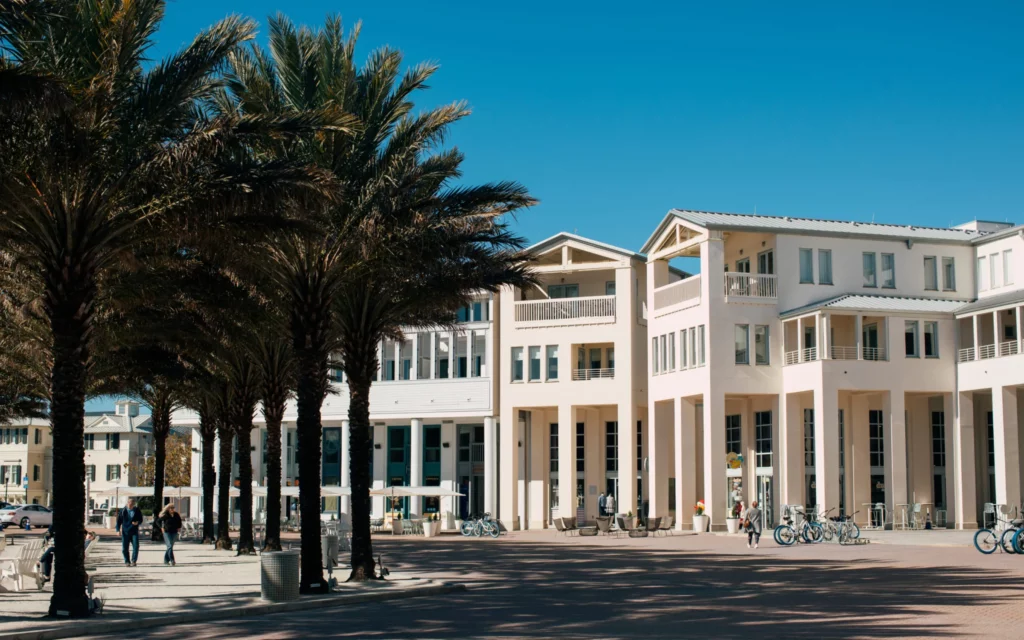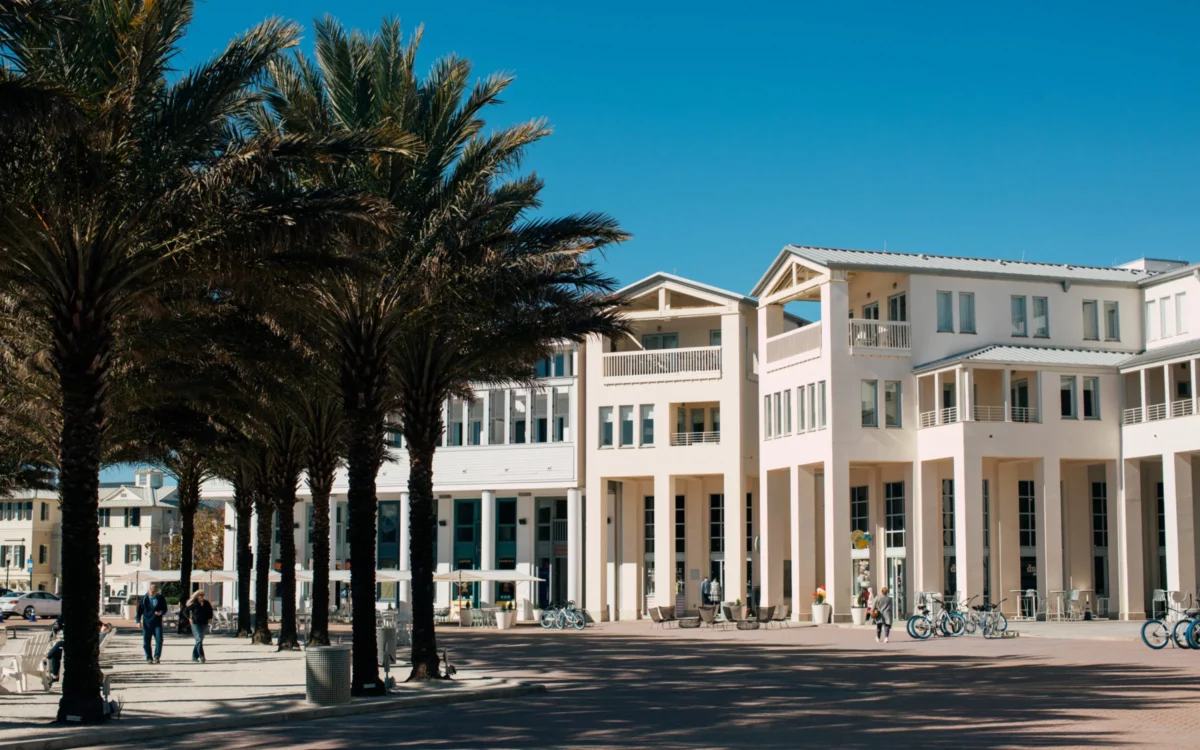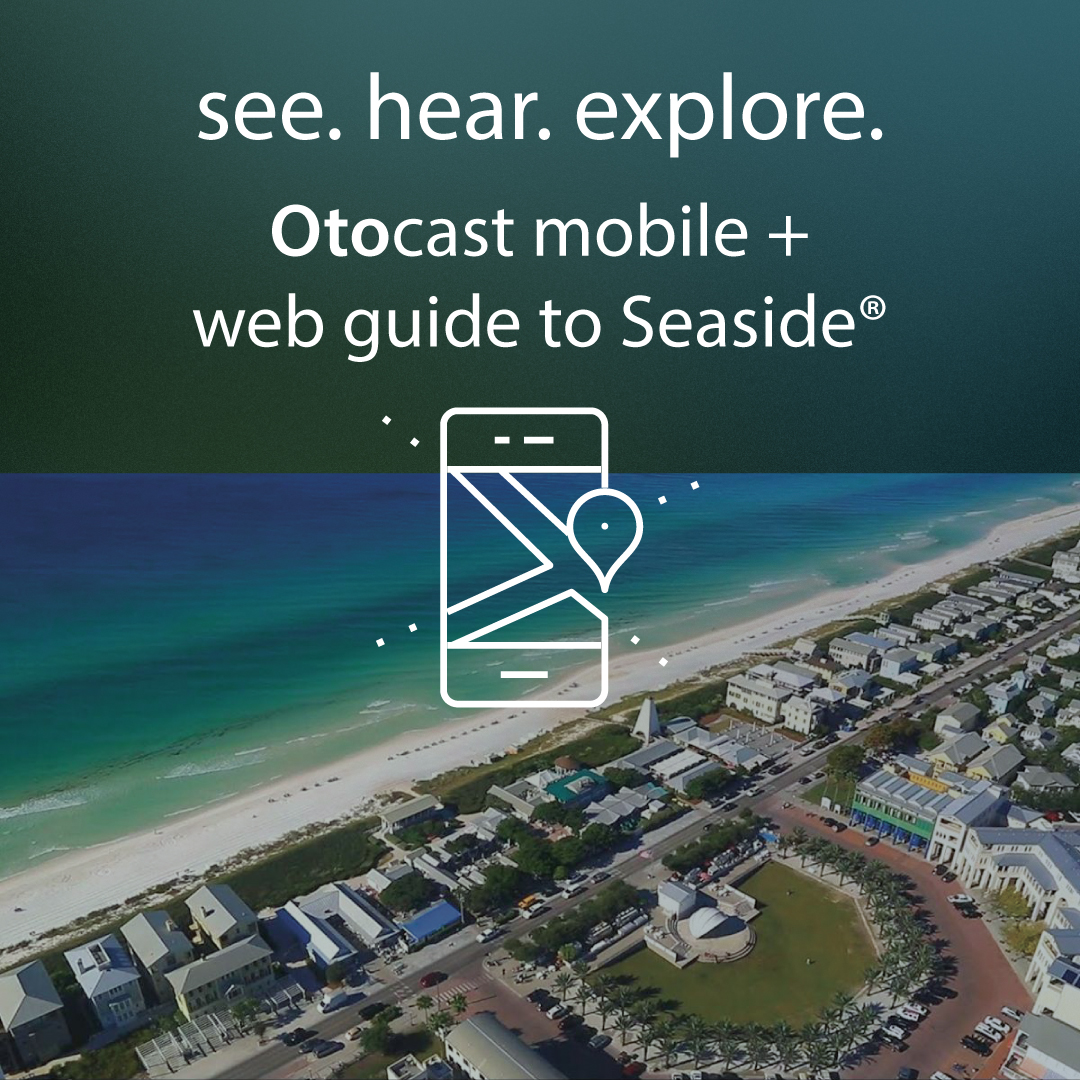
Parking, Parking, Everywhere, but Not a Spot for Me
Society has reshaped itself for cars. So why can’t you find a space to park one?
by Henry Grabar
[Editor’s Note: This is an excerpt of an article written for Slate.com.]
If you wanted to build a place to reduce instead of increase parking supply, you might wind up with something like Seaside, Florida. The flagship development of the New Urbanism school of city planning, made famous among nonarchitects as the setting for The Truman Show, was born in the era of “peak oil,” and designed to be a rejection of the nation’s sprawling development patterns. “The waste of land is almost criminal,” Seaside founder Robert Davis wrote in 1989. “The waste of time and energy is an appalling drain on our human and natural resources.”
The town planners, architects Andrés Duany and Elizabeth PlaterZyberk of the firm DPZ, designed Seaside to be a place where people would like to walk around. The houses are a handsome and diverse lot, running from traditional cottages to postmodern stunners by architects such as Aldo Rossi and Léon Krier. They’re on small lots, with front porches instead of back yards. There are almost no garages, or curb cuts, or concrete driveway aprons because people parallel park on gravel in front of their houses. They found a way to slow down traffic on the two-lane highway that runs through town that worked better than speed bumps, fines, or anything else. By parking along it! Public parking in town is clearly signaled. And relatively few people in Seaside have a parking spot that is exclusively theirs. As a result, public spots used by beachgoers during the day can be used by restaurant diners at night, and residential zone spots can be shared between households as resi-dents and guests come and go.
As a result of this people-friend-ly planning, people in Seaside didn’t use the car that much. When DPZ was plotting out the next town down the coast, they sent an intern to sur-vey Seaside. He found that Seasiders drove seven times a week—as opposed to making that many trips per day, a standard expectation for suburban households. “It’s not about eliminating cars; it’s about making parking inconvenient,” Duany said. “You don’t need to fall out of your kitchen into your car the way you do in suburbia.”
OK, big caveat: People with houses in Seaside drove only once a day. But thousands of people come to visit every day—to walk the streets, eat and drink downtown, and, of course, go to the beach. And for them, the first impression of Seaside is: a parking problem.
I was there on a weekday afternoon in February, and drivers told me they had done lap after lap after lap through the parking area, waiting for someone to pull out. You ain’t seen nothin’ yet, they told me: spring break was coming, and parking would soon become truly “miserable.”
Robert Davis did not see this coming. “We didn’t really think it was going to be that much of a tourist attraction,” he told me. It’s hard to miss the irony: Seaside was supposed to be a place where people could forget their car and get around on foot. And precisely because of that, it became so popular it now has a serious parking problem. “It’s just crammed with cars,” said Micah Davis, Robert’s son and the head of the Seaside Development Corporation. He, too, had come to dread spring break. “The circling you thought was bad? It’s literally just a line of parked cars slowly moving down the street.”
Until, starting a few years ago, Seaside put (Donald) Shoup into practice. The town made visitors pay for parking starting in March. In the high season, it charges dynamic pricing, with parking fees rising and falling depending on how crowded the lot is. The result, the Davises say, is a smoother parking experience for everyone—one that sorts visitors by how long they’re staying and, crucially, provides incentives for families to carpool, instead of having each teenager driving their own car. Too pricey? You can still park for free—just a little farther away.
And here’s the craziest thing. Because Seaside manages parking demand with shared, priced parking, it’s been able to do something that runs counter to half a century of American building patterns: reduce the parking supply. A few blocks from the paid parking is Seaside’s Central Square. It’s a semicircular plaza lined with the town’s civic buildings: the post office, the bookstore, the record shop. In the center there’s a grassy lawn where kids play soccer.
It was also, until recently, a giant parking lot. During COVID, the Davises decided to turn it into a pedestrian plaza. Robert sent Duany a photo. “I always thought Seaside was a parking slum,” the architect reflected, “a strip shopping center with Steve Holl buildings. This plaza was one of the least favorite spaces I ever designed, because it was so full of cars. And one day COVID came, and it was so beautiful! It was the Cinderella of spaces.”
Paid parking had given the Davises the confidence to make a permanent move from parking lot to plaza. “The biggest help was that Donald Shoup wrote the High Cost of Free Parking, and we’d been studying it,” said Robert Davis. “When we eliminated about a third of our parking inventory, we weren’t panicked that our stores wouldn’t have customers, because we could manage by pricing it.” Sales receipts went up because the center of town was all dressed up for the ball.
Seaside is not your typical American city. It’s a vacation resort; the houses cost millions. But it’s not the only popular destination to find that the humble parking meter can decrease the number of cars that come, organize those that do, and fund public improvements besides.



